by Ron Bernthal
An innovative project is being proposed in Sweden that will enable residents to travel no more than one-minute from their home to access everything from an outdoor gym, to a playground and from bike docking stations to adult social hubs.
The idea was inspired by the “15-minute city” urban planning concept, which offers great opportunities for urban designers to create a more livable city. The 15-minute city is a simple enough concept that it has been used by a diverse group of people in very different environments, including as a cornerstone of Mayor Anne Hidalgo’s successful reelection in Paris, France, in 2020, and by America’s former Housing & Urban Development (HUD) secretary Shaun Donovan who has adopted the concept as a key to his New York City mayoral candidacy.
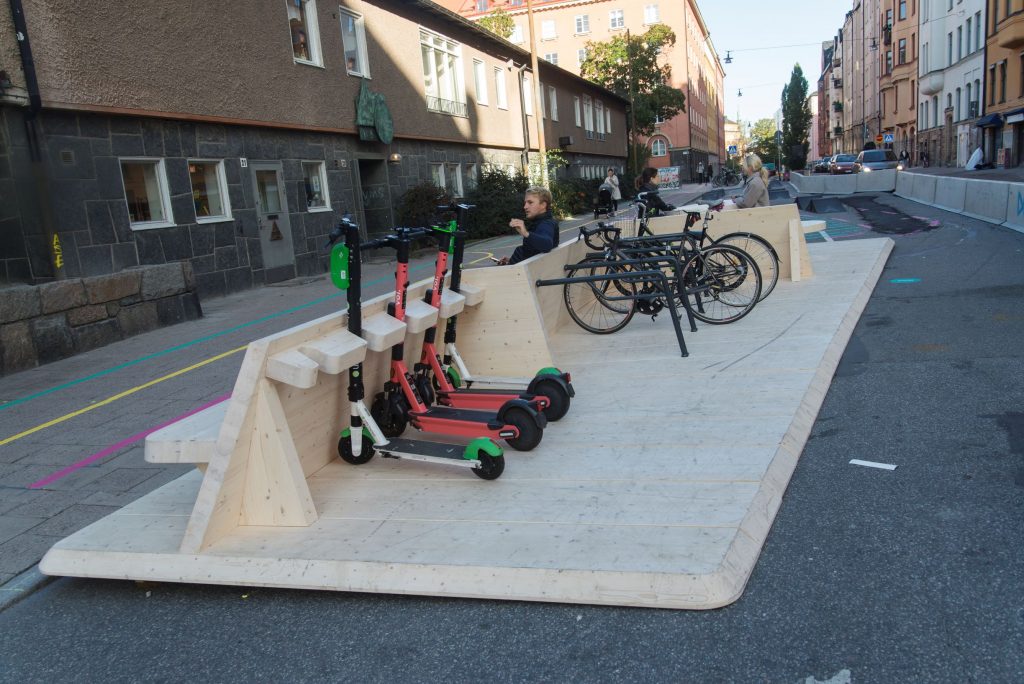
The 15-minute city concept may be defined as an ideal urban geography where most human needs, and many desires, are located within a travel distance of 15 minutes. While automobiles may be accommodated in the 15-minute city, the vehicles alone should not determine a city’s scale or urban form.
Based just on automobile travel, most metropolitan areas may already be 15-minute cities, but if the concept relies mostly on walking or bicycling, the concept can add substantively to the practice of creating urban neighborhoods that become more self-sustaining and environmentally healthier. It will show urban planners where to locate facilities that serve multiple neighborhoods, and it uses conceptual radii (a straight line extending from the center of a circle) drawn on plans in a similar way to urbanists’ familiar quarter-mile “pedestrian shed.”
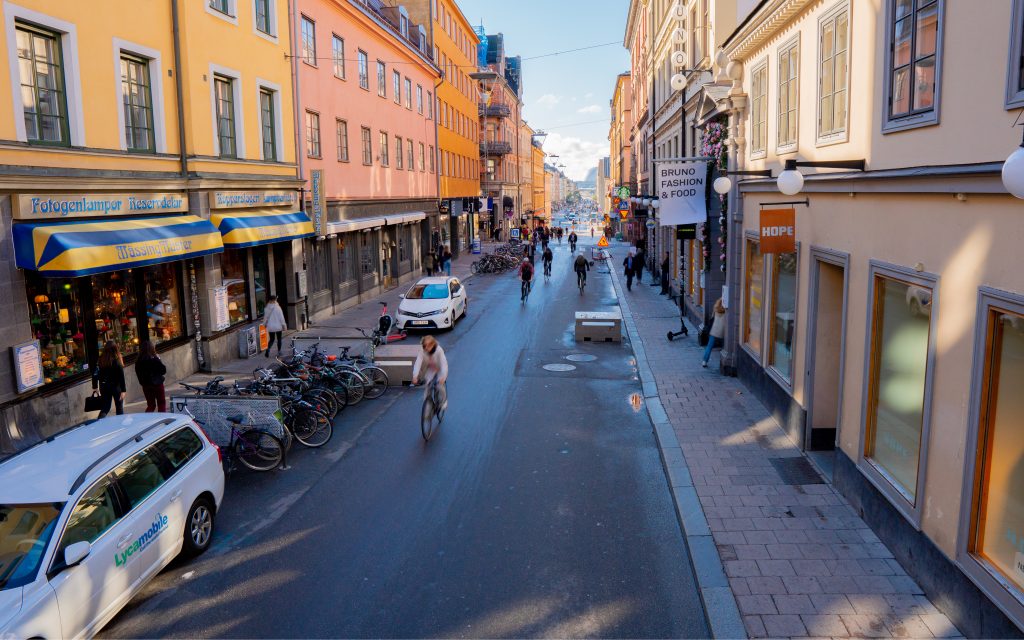
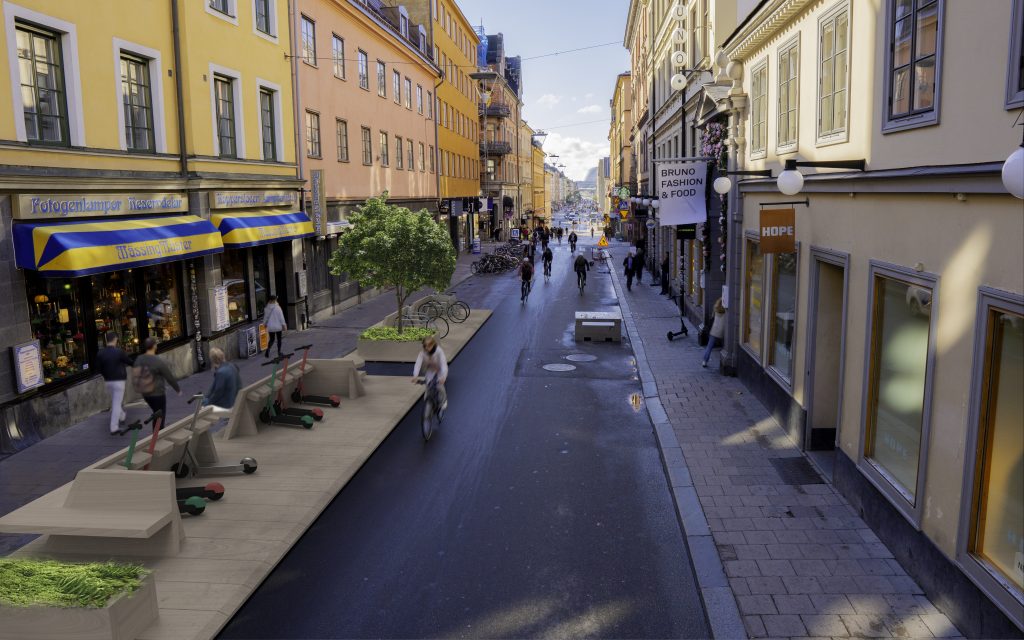
The ‘Street Moves’ project, developed by Sweden’s National Center for Architecture and Design (ArkDes), is expected to be implemented in major cities nationwide during the next ten years, so that almost every street in Swedish cities is healthy, sustainable and vibrant by 2030. The plan was begun by the Swedish national innovation agency Vinnova, and design think tank ArkDes, and focuses attention on what Dan Hill, Vinnova’s director of strategic design, calls the “one-minute city.”

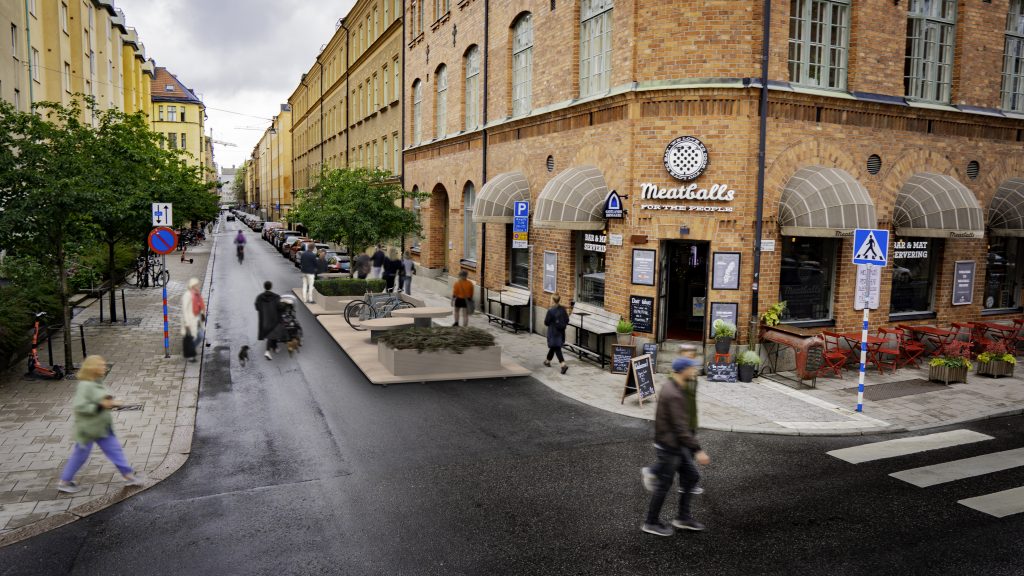
It’s a order of magnitude much smaller than other recent “think-local” planning concepts. While Paris’ plan works with a 15-minute radius, and Barcelona’s ‘superblocks’ plan with nine-block chunks of the city, Sweden’s project operates at the single street level, paying attention to “the space outside your front door, and that of your neighbors adjacent and opposite you,” said Vinnova’s Dan Hill.
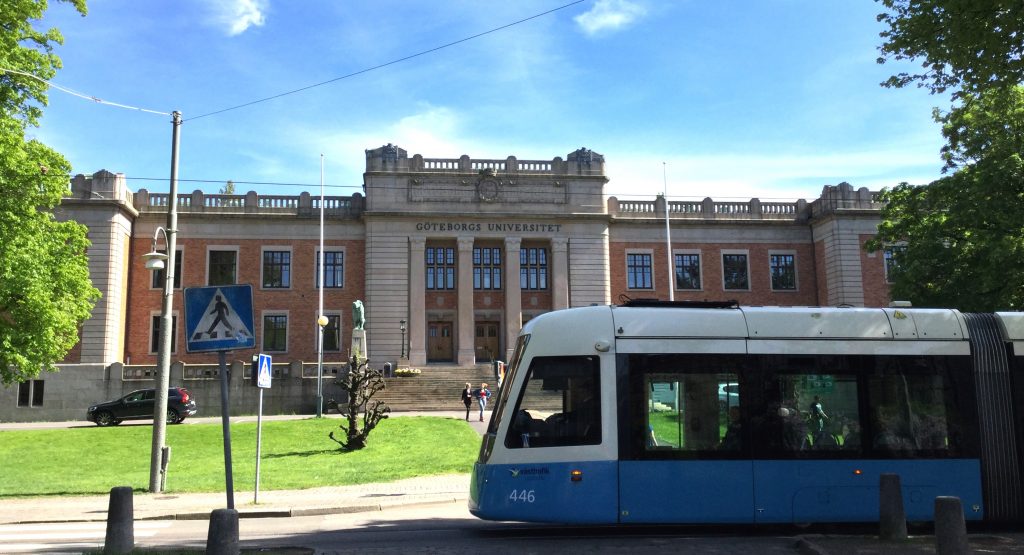
“There is so much potential to develop what urban space can be used for,” said Daniel Byström, project manager for Street Moves at the ArkDes Think Tank. “For the past 60 years, we’ve planned our cities around cars. Now it’s time to start designing streets for other things, such as satisfying an increasing need for greenery and social meeting places in the city.”
The plan’s building kit, which is designed by LundbergDesign, consists of an expandable wooden platform with modular parts that can be placed on top to offer functions such as charging stations and parking for electric scooters and bikes, amities for outdoor gyms, comfortable seating for residents, and space for gardens. The idea behind the kit is to give cities the possibility to use more of their public space for people, rather than cars and vehicle traffic.
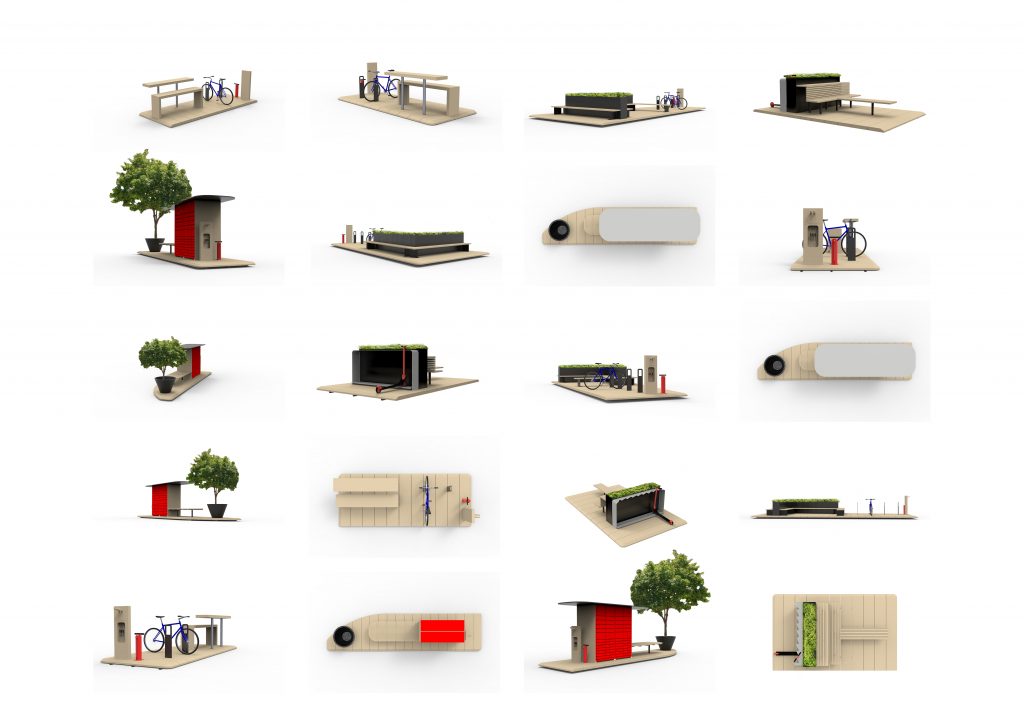
The kit is inspired by the way cities like San Francisco have turned unused areas in the city into small parks,” said Linda Kummel, head of ArkDes Think Tank. “We want people to test, feel and experiment with the building kit to discover what they want to do on their street. It’s only when we actually transform streets that we can really improve the quality of life for residents and reduce the climate impact in our increasingly dense cities.”

In addition to Stockholm, the Swedish cities of Gothenburg and Helsingborg are also evaluating the building kit for the Street Moves project, with other cities expected to follow. While developing the kit, ArkDes Think Tank gathered several players who do not usually collaborate with these types of projects, including the City of Stockholm, the Swedish Transport Agency, the car-sharing company M, Volvo Car Mobility, and the electric scooter service Voi, all supplying experience and suggestions as the plan moves forward.
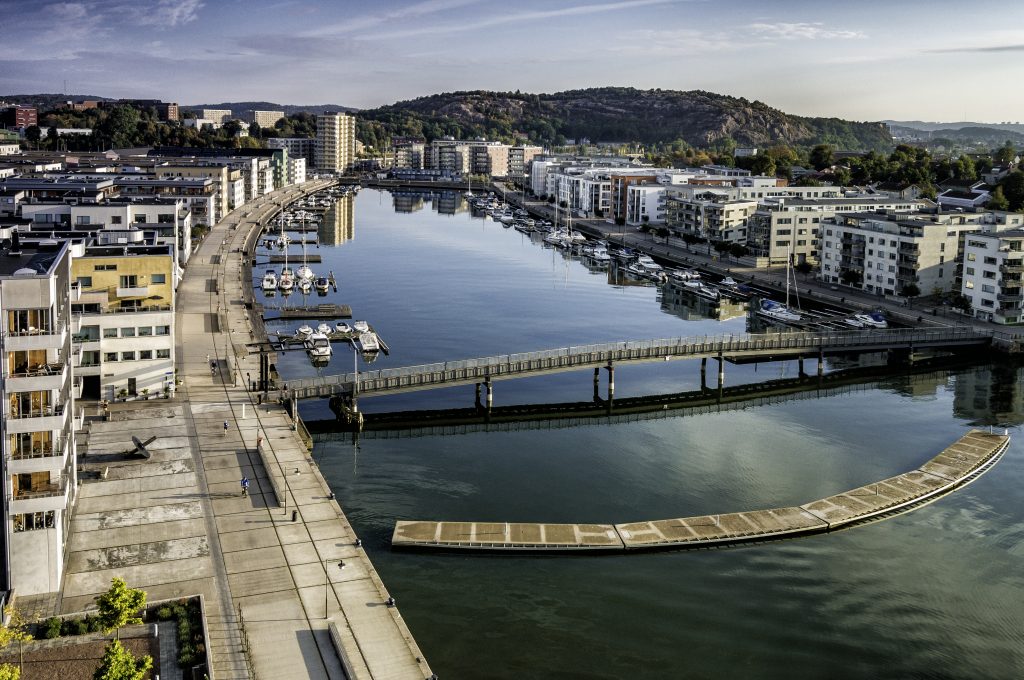
The project is funded by Vinnova, a Swedish governmental agency that administers state funding for research and development. The agency’s mission, as defined by the government, is to promote development of efficient and innovative Swedish systems within the areas of technology, transportation, communication and labor.
For information on visiting Sweden go to www.visitsweden.com

